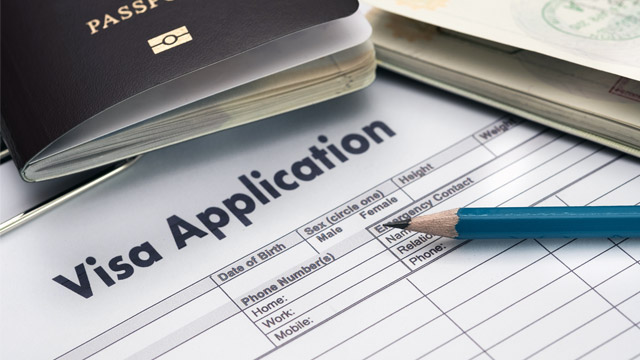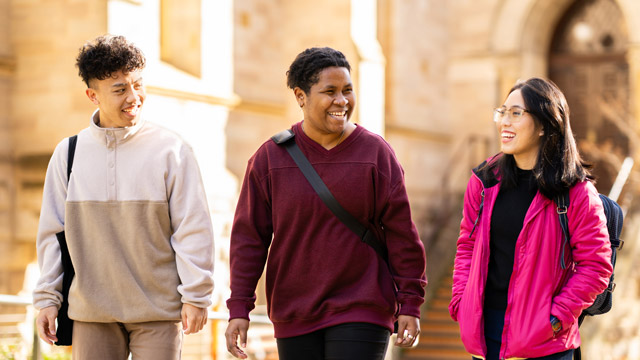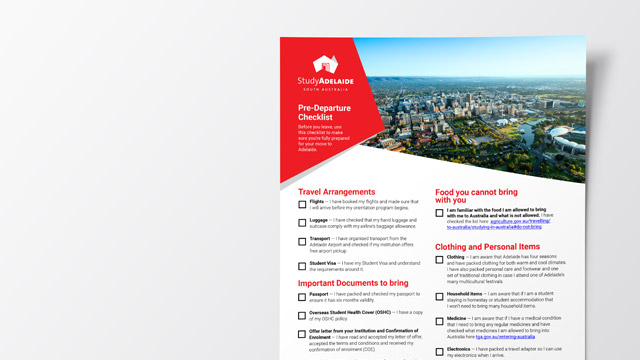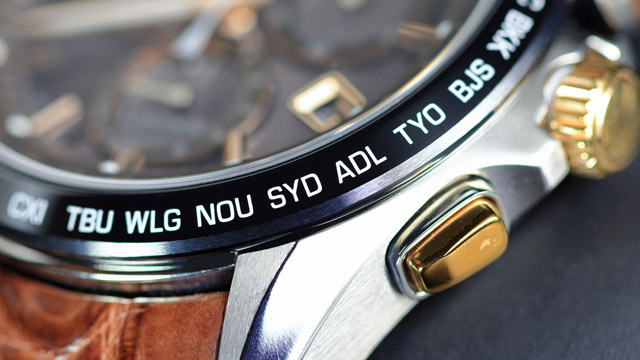Arranging a student visa


All international students coming to Australia need to apply for a Student visa (subclass 500).
This applies no matter the type of study you will be undertaking, whether it be undergraduate, postgraduate (such as a Masters or PhD program), ELICOS (for studying English in Australia) or a Vocational Education and Training course.
Use the Document Checklist Tool to understand the documents required for your student visa application.

Before arriving in Australia, you are required to pay the tuition fees for your first semester. The specific amount you need to pay is based on the course and institution you're enrolled with and should be detailed in your Letter of Offer.
As an international student, it's mandatory to have Overseas Student Health Cover (OSHC). This insurance will cover a significant portion of your healthcare costs should you need any medical assistance during your stay.
There are multiple insurance companies that offer different products and these costs can range from as low as AUD$580 a year to AUD$4,000 a year depending on the level of cover and whether it covers you as an individual, couple or family.

To make your journey as easy as possible, we’ve put together a helpful pre-departure checklist filled with the essential items you need before you depart. They include:
For smooth travels, you should also pack:
Download our pre-departure checklist.
Here’s a list of essential items you will need to bring with you. Pack these along with the documentation we’ve listed above.
No suitcase is large enough to fit all your household necessities, such as kitchen equipment or cleaning supplies, but you will be able to easily find these once you settle in.

Get familiar with your new home and what it’s like living there. Enjoy diverse markets, cultural festivals, serene parks and welcoming communities.
Adelaide operates on Australian Central Standard Time (ACST), which is UTC+9:30.
During daylight saving time, Adelaide shifts to Australian Central Daylight Time (ACDT), which is UTC+10:30. Daylight savings typically starts in October and ends in April.
Make sure to adjust your watches, clocks and schedules to align with Adelaide's timezone, helping you to stay connected locally and with those back home.
Adelaide boasts a Mediterranean climate with mild winters and hot, dry summers, with plenty of sunshine year-round. Our pleasant spring and autumn seasons offer comfortable temperatures, making it a great city for outdoor activities and exploration.
The sun can be very intense in Australia. To avoid sunburn, wear a wide-brimmed hat, use maximum protection sunscreen of at least 30+ and drink plenty of water. When outside, seek shade, particularly between the hours of 11am and 3pm.
In the cooler months, it doesn’t snow in Adelaide but you will experience a lot of rainfall. Winter temperatures hover around 15°C but can dip below 10°C so pack a beanie, waterproof shoes and a warm coat.
The Bureau of Meteorology (affectionately known as the BOM) is the best source for the latest weather forecast for Adelaide.